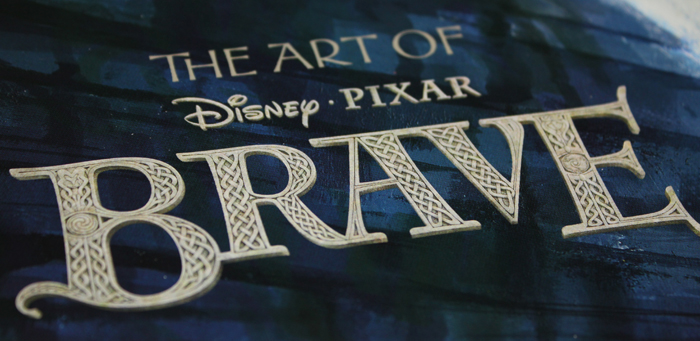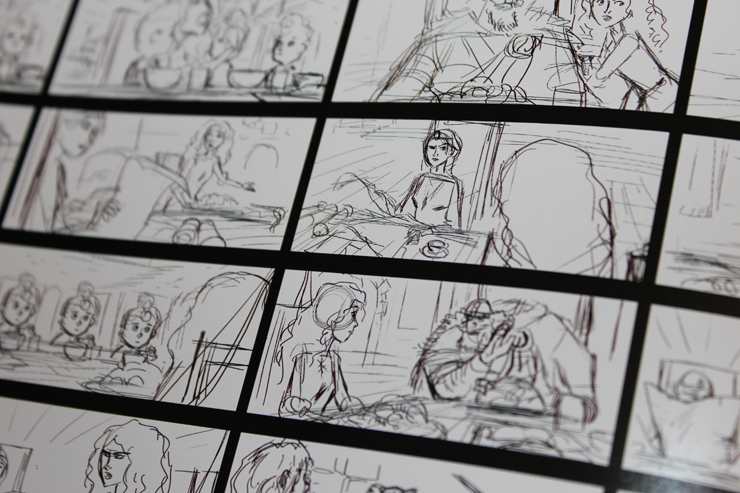The Art of Brave, a Book Review
In 1997 whilst studying Illustration and Animation in Manchester, England, I attended a lecture given by a well known British animator. At that time, Pixar’s first movie the ground breaking “Toy Story” had just hit the theaters. Although clearly impressed with the film, the lecturer had directed our focus to “the very poorly animated Spike”, one of the few human characters in the film. It was his opinion that in computer animation you should always avoid attempting to animate human characters as the technology just couldn’t pull it off.
At the time he was right.
Pixar were quite possibly in agreement as in the following years they rolled out hit after hit movie where the lead characters would be automobiles, wandering fishes, inquisitive robots, ants and monsters but very rarely would they give human characters any kind of starring role. There was of course ‘the Incredibles’ and the slightly more recent ‘UP’ which both featured human characters at the heart of the stories but for the most part, they have generally been avoided.
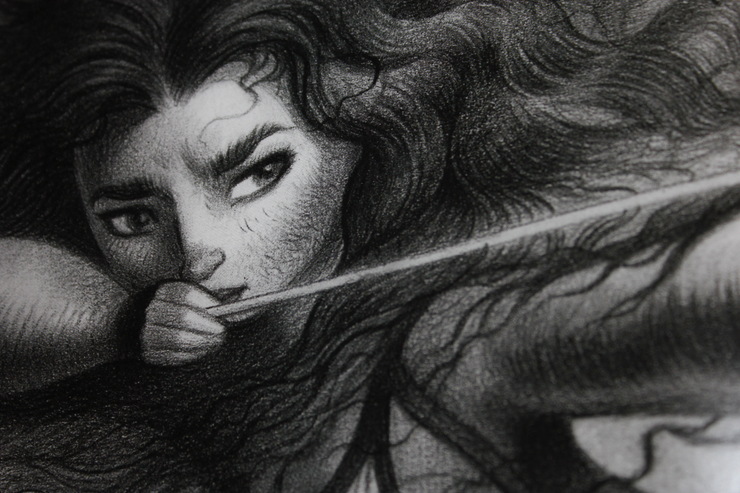 Concept Illustration by Steve Pilcher, 2005
Concept Illustration by Steve Pilcher, 2005
This is one of the reasons that I suggest that their latest release ‘Brave’ is perhaps their most ambitious to date. With an almost entirely human cast(with the occasional bear) it seems that the skill of animating human characters through computer animation has finally come of age. Also, not only is it their first period piece, it is also the first time that they have presented a story with a female as the lead.
On many levels, “Brave” is a big deal for Pixar. In my opinion, the depth of the characters and their relationships with one another along with the presentation of the rich environment(ancient Scotland) that provides the luscious backdrop to their story is another massive step forward for the studio.
No more is this evident than in their book “The art of Brave” which chronicles and describes the creative journey which the artists and storytellers embarked upon in order to develop and create the movie.
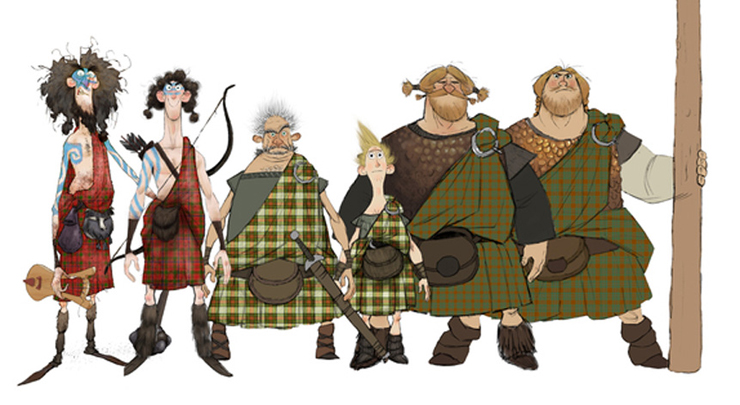 These illustrations are just the tip of the iceberg to what’s on offer within the book
These illustrations are just the tip of the iceberg to what’s on offer within the book
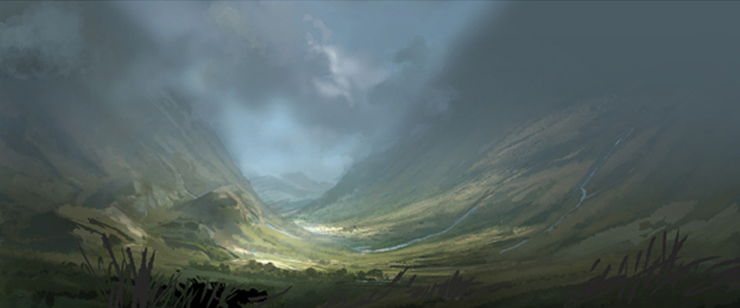 The Highlands of Scotland, Digital Painting
The Highlands of Scotland, Digital Painting
If you love concept art and learning about what goes on behind the scenes of big productions like this movie then you will quite simply be lost for hours within these pages.
To be able to see the step by step journey of not only the development of the characters but the endless illustrations and studies of the Scottish landscape is an absolute privilege.
As a fellow Scot myself, what I find most touching about the book is the amount of affection every artist that worked on the film truly had for the country. There’s a great segment in the book where they document the trip that the artists took to the highlands in order to research the movie.
As much as anything else, this book truly dispels the myth that “these day’s all animation is just done with computers.” Sure, computer animation is the vehicle that eventually brings it all to life but without the months and years of production illustrations, storyboard development, location drawings and seemingly endless character sketches these movies would never develop anything like the soul that they eventually do.
And don’t worry, if you haven’t seen the film then it won’t spoil it for you. It’s set out in a way that gives away just enough to give you an insight in to the story without packing it full of spoilers.
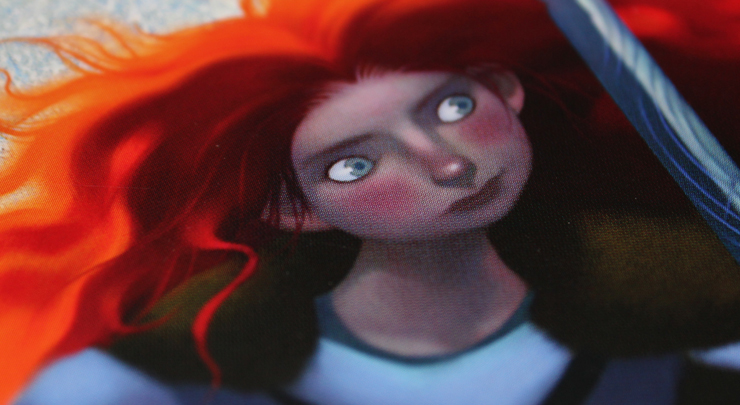 The variety of different mediums on display is pretty amazing
The variety of different mediums on display is pretty amazing
So, to sum up, if you haven’t seen the film, go watch it! If you haven’t got this book, go get it! You’ll be disappointed by neither. I think even the aforementioned animation lecturer would be inclined to agree.

